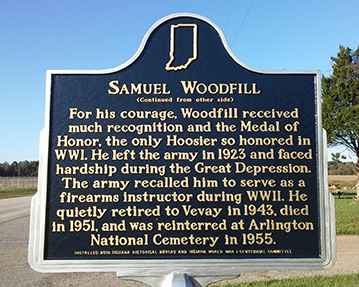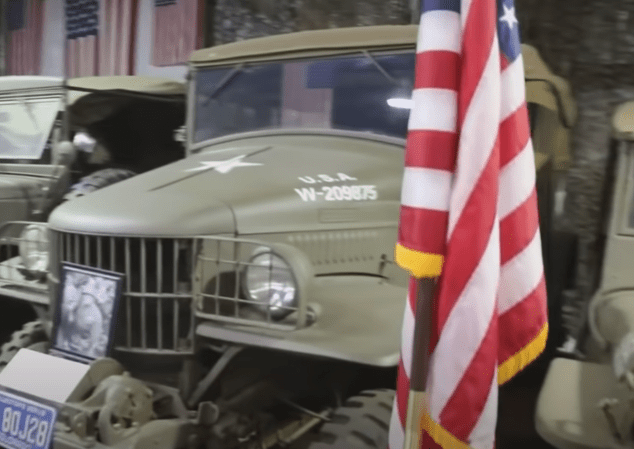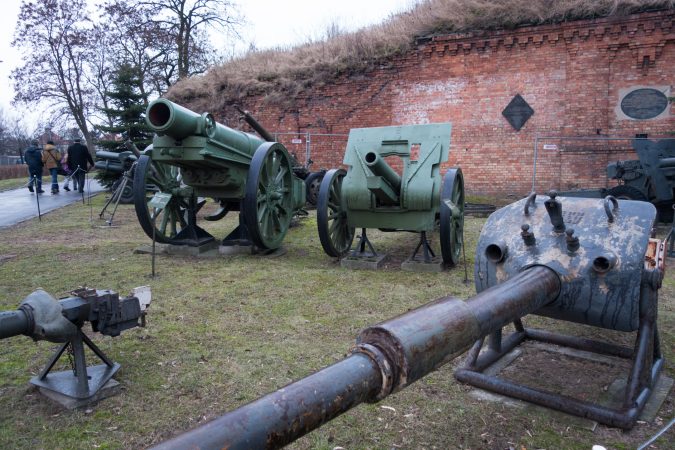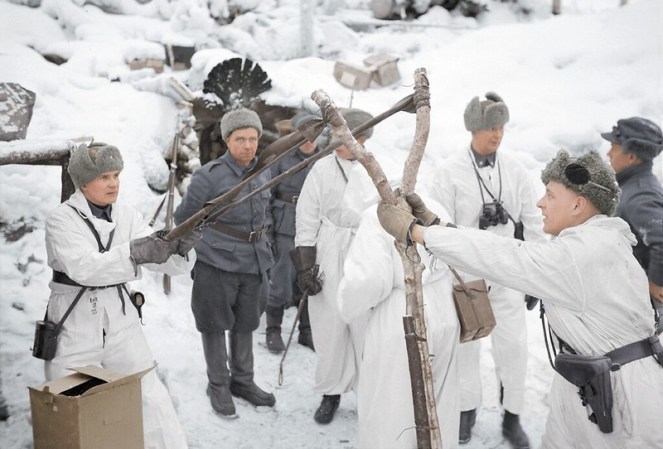In World War I, there was a need to hit targets either pretty far off, or which were very hard to destroy.
At the time, aircraft weren’t much of an option – in fact, they really had a hard time carrying big bombs. Often, an aircrewman would drop mortar rounds from a cockpit. So, how does one take out a hard target? They used naval guns mounted on railway cars.

Many of these guns came from obsolete armored cruisers – the most common of the rail guns was the BL 12-inch railway Howitzer. The British pressed 81 of these guns into service, and many lasted into World War II. These guns are obsolete now, rendered useless by the development of better aircraft for tactical strikes, from World War II’s P-47 Thunderbolt to today’s A-10 Thunderbolt II, as well as tactical missile and rocket systems like the ATACMS, Scud, and MGM-52 Lance.

The gun the British were moving didn’t actually serve in World War I. According to a release by the British Ministry of Defence, the BL 18-inch howitzer just missed the Great War, but it did serve in World War II as a coastal defense gun – albeit it never fired a shot in anger, since the Nazis never were able to pull off Operation Sea Lion. The gun was used for RD purposes until 1959, when it was retired and sent to the Royal Artillery headquarters.

In 2013, it was briefly loaded to the Dutch railway museum. Later that year, it went to the Royal Armouries artillery museum. It is one of 12 railway guns that survive. The video below from the Smithsonian channel shows how the British Army – with the help of some contractors – moved this gigantic gun.


























